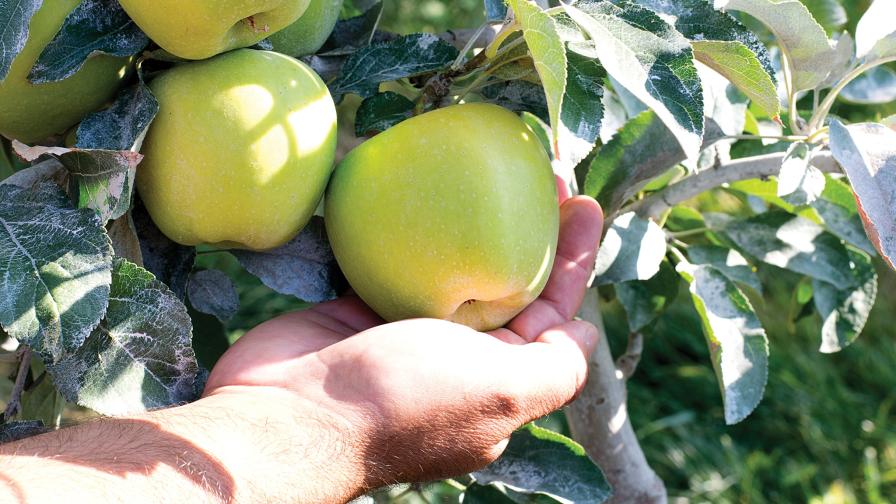Rethinking Walnut Irrigation
Particularly hot days in spring can prompt walnut growers to start irrigating early. Recent research, however, shows early irrigation can be detrimental. In fact, it actually pays to delay irrigation.
Allan Fulton, University of California Cooperative Extension Farm Advisor, says irrigation early in the season can increase disease pressure by allowing soil to stay wet over an extended period of time. Saturated soil can actually deprive the roots of oxygen and allow fungal diseases such as phytophthora to thrive.
But you don’t want to delay irrigation too long. Fulton and other University of California researchers have been working to find the sweet spot – the perfect time after leafout to begin irrigating.
While there seems to be some flexibility in the ideal timing, most trees in the experiment did just fine when irrigation was delayed 30 days after vegetative bud break. In fact, trees that received delayed irrigation actually exhibited less stress when water was cut off than the trees irrigated in late April. These results indicate that root system growth actually improves with delayed irrigation.
The research is ongoing, but results thus far point to somewhere between 30 and 60 days after leafout, depending on the orchard, as the ideal time to begin irrigating.
“The soils, how deep they are, their water-holding capacity, the age of the trees – that all affects the rooting system,” Fulton says.
Overall, waiting to irrigate until mid to late May had minimal effects on yield and provided an opportunity to save water.
The researchers experimented with delaying irrigation to some very late dates, as well, which proved you can definitely wait too long to begin irrigating. The crop from trees that weren’t irrigated until more than 60 days past leafout began to suffer.
“Even after the first year, we were getting a significant effect on walnut kernel size, which can affect price,” Fulton says. “It wasn’t enough of an impact in one year that it affected production significantly, but by repeating it two consecutive years, we definitely were starting to impact kernel size and yield.”
In the first year, nut weight decreased by 9% to 12% when trees weren’t irrigated until mid-June or later (75 days after leafout). The following year, nut weight declined even more with delayed irrigation.
“In the end, that’s our revenues that are impacted,” Fulton says.
He adds it’s important that growers keep up with watering as the season progresses.
“As the days get longer and we do warm up, sometimes we don’t get our frequency and duration long enough to meet the water requirements,” he says. “We go from in the spring wanting to start too soon to not ramping up fast enough in the late spring and early summer.”
More detailed results from the study are available through a California Walnut Board report.









